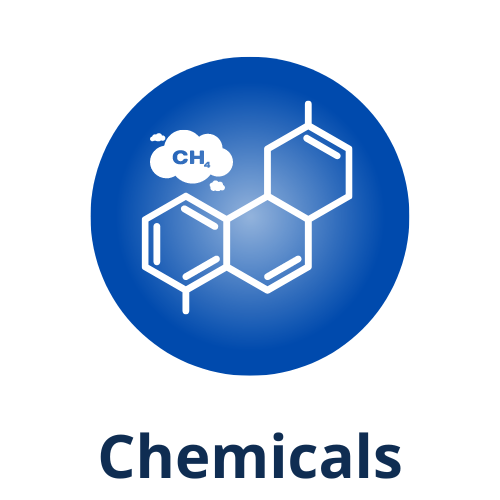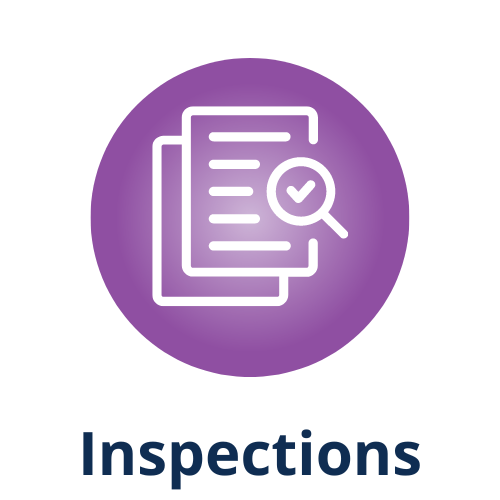Chemical Receiving
Chemicals shipped to UC Merced are received at the shipping and receiving warehouse in Facilities Building A. All chemicals bearing DOT hazard labels and/or Dangerous Goods Declarations are held for EH&S review and tagging.
Monday-Friday, EH&S will:
- Open the package
- Confirm the contents and affix an RFID tag to the chemical container
- Input the chemical into the lab's online chemical inventory (only general location, not sublocation)
- Reseal the package
After EH&S has tagged the item, Shipping and Receiving personnel will deliver the package to its destination.
For express/overnight items, Shipping and Receiving will contact EH&S for immediate tagging. If EH&S is not available immediately, the package will be delivered to its destination and a copy of the receipt traveler will be routed to EH&S.
Any hazardous chemicals brought on to campus by other means must be entered into the chemical inventory and RFID-tagged by the recipient. RFID labels will be provided by EH&S upon request.
Once the chemical reaches its destination, the recipients must:
- Ensure a RFID label is affixed to their new chemical container
- If there is an RFID label present, scan and update the online inventory item with the appropriate inventory sublocation
- If no RFID label is present, affix one to the container and input the chemical into the online chemical inventory with all appropriate information/location/sublocation
- Ensure the chemical is stored in a safe and compatible location
- Remove any empty/waste chemical containers from both the online inventory and the lab, following the hazardous waste disposal process
Chemical Storage
Hazardous chemical reactions can occur from improper storage when incompatible materials mix because of:
- Accidental breakage
- Container failure
- Fires and earthquakes
- Mixing of gases or vapors from poorly closed containers
- Mistakenly storing incompatibles together because of improperly labeled containers
Follow established safe chemical storage and segregation practices for the hazardous materials in your laboratory. Review storage and segregation information available from the chemical Safety Data Sheet, EH&S Chemical Storage Group Guidelines document, and follow these general safe practices:
- Determine primary hazard of the chemical such as flammability, reactivity (oxidizers, water reactives), corrosivity, toxicity, etc.
- Identify safe storage locations, such as flammable storage cabinets, corrosives cabinets, referigerators rated for flammable liquid storage
- Store chemical groups separately from one another, either in separate cabinets or in appropriate tubs or secondary containers. Clearly and legibly label each container and storage location to indicate its compatibility group
- Always return materials to their proper storage location immediately after use.
- Ensure other materials stored in that area are compatible with your material (EH&S Chemical Storage Group Guidelines)
- DO NOT store liquid hazardous materials on the floor without proper secondary containment
- DO NOT store excessive containers of hazardous materials in fume hoods or biosafety cabinets as this can disrupt the airflow
- DO NOT store hazardous liquids, corrosives or irritants, above eye level.
- DO NOT store flammable liquids in non-rated refrigerators or freezers.
See the UC Merced Chemical Hygiene Plan (section 8) for additional information on chemical storage requirements.










